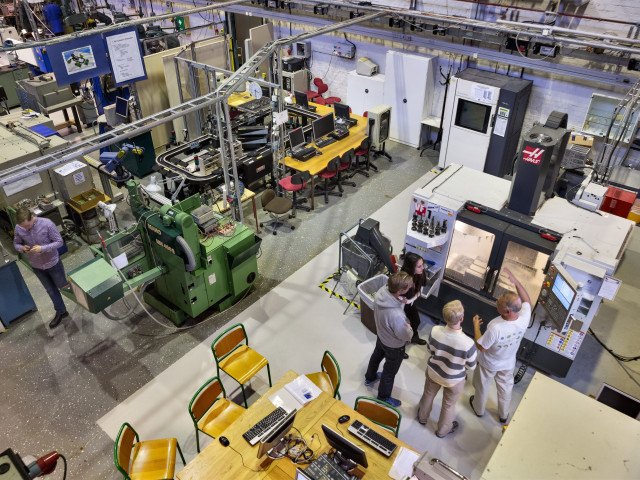• Work environment regulations
• Chemical and microbiological risks
• Risk assessment
• Measurement methods and measurement strategies
• Control measures
• Intervention

The overall aim is to provide knowledge about chemical and microbiological risk management and ability to apply this knowledge on different types of chemical and microbiological risks at the workplace to prevent health effects and accidents.
The course will provide knowledge within the following topics and ability to use the knowledge in problem-solving:
The lectures during the first week are mandatory in order for the students to be assigned to a project group. The project work is mandatory for passing the course.
Choose semester and course offering to see current information and more about the course, such as course syllabus, study period, and application information.
Autumn 2024 Start 28 Oct 2024 programme students
50912
• Work environment regulations
• Chemical and microbiological risks
• Risk assessment
• Measurement methods and measurement strategies
• Control measures
• Intervention
The overall aim is to provide knowledge about chemical and microbiological risk management and ability to apply this knowledge on different types of chemical and microbiological risks at the workplace to prevent health effects and accidents.
The course will provide knowledge within the following topics and ability to use the knowledge in problem-solving:
Legislation concerning chemicals and microorganisms.
Impact on health and safety.
Risk assessment including measurement of air contaminants
Control measures that reduce exposure and risks of accidents, through technical and organisational design of work, and workplaces.
Adaptation of control measures to the workplace.
By the end of the course, the students should be able to:
1.Describe, exemplify, and explain how all the above-mentioned factors affect safety, health, well-being, and performance.
2.Perform measurements and risk assessments relating to all the above-mentioned factors in order to assess exposure and to be able to propose control measures that eliminate or reduce the exposures. The capability to perform measurement involves knowledge about measuring methods as well as measurement strategies.
3.Describe, discuss, and critically analyse the advantages and limitations of different measuring strategies and be able to interpret and draw conclusions from measurement results.
4.Propose work environment improvements according to the hierarchy of prevention and control concerning the above-mentioned factors
5.Critically discuss risk assessments and control measures in relation to relevant work environment regulations.
6.Describe the EU regulations and Swedish legislation and provisions for all the above-mentioned factors.
7.Find and interpret information about health hazards with chemical products and substances and use this information in risk assessment of handling of and exposure to chemicals.
8.Describe common microbiological risks, in what environments they occur, how such risks can be assessed and how they can be controlled.
9.Describe the demands on employers regarding chemical risks and be able to support organisations and adapt the methods to the organisation’s needs and prerequisites.
10.Be able to identify barriers and facilitators for implementation of work environment improvements and to discuss pros and cons of different control measures and strategies.
180 ECTS credits in technical, natural or medical sciences or in human resource studies. English B/English 6
If the course is discontinued, students may request to be examined during the following two academic years.
Based on recommendation from KTH’s coordinator for disabilities, the examiner will decide how to adapt an examination for students with documented disability.
The examiner may apply another examination format when re-examining individual students.